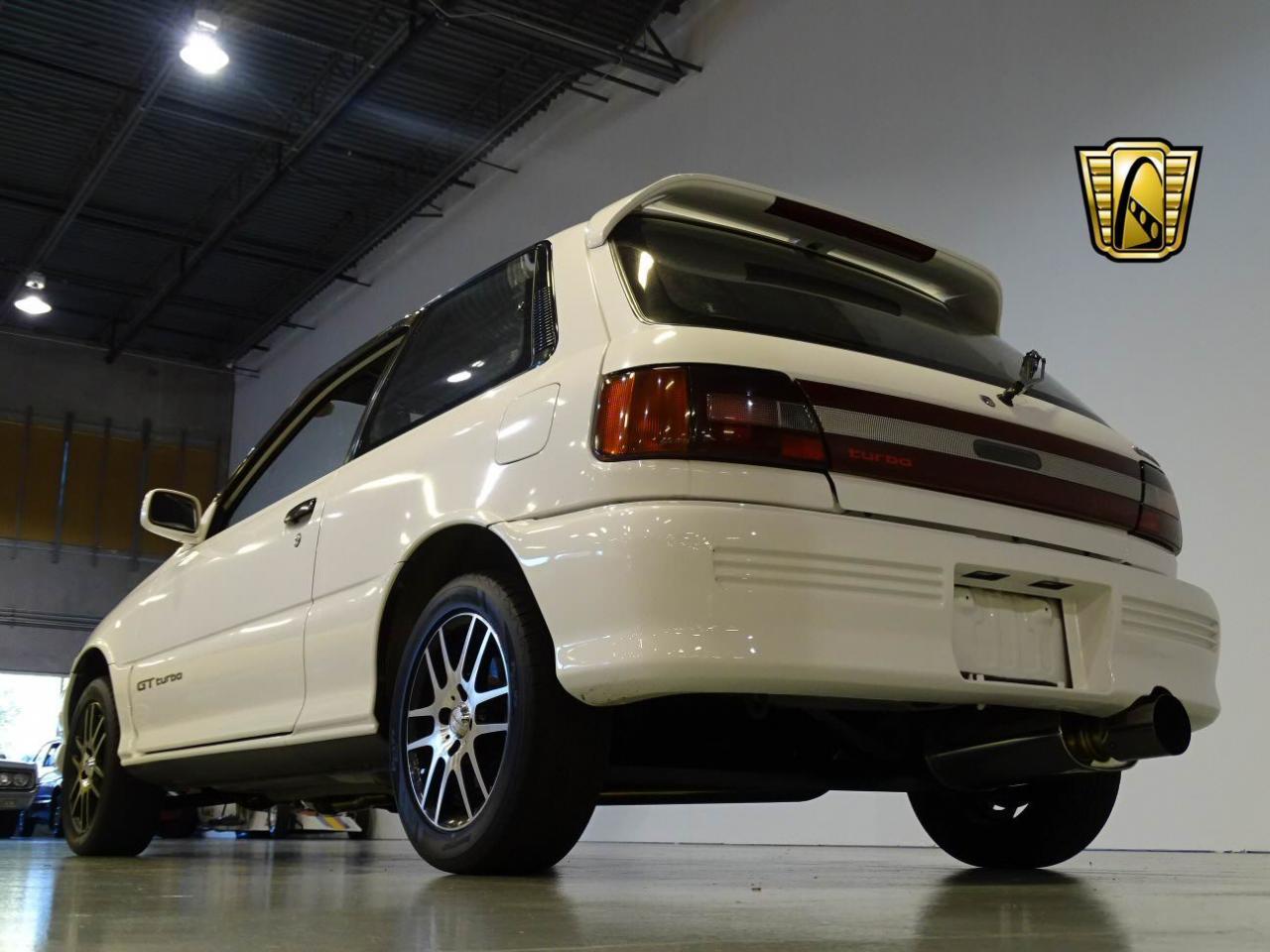
When it comes to the Starlet’s figures in 2021, Toyota SA sold 20,300 units, while Suzuki SA only managed to part with 1,500 Balenos. Suzuki’s Brezza did less than half of that, with 530 sales. Last month, the Urban Cruiser sold 1,213 units. Toyota, with its trusty badge and expansive dealership network, has won the sales race by miles, with both the imported Starlet and Urban Cruiser significantly outselling the Baleno and Vitara Brezza. On the local front, besides the Starlet and Baleno being doppelgängers, Toyota’s Urban Cruiser and Suzuki’s Vitara Brezza are identical. Both are budget hatches produced in India and both are not only built on exactly the same platform (which is hardly unusual in motoring – think Audi’s R8 and the Lambo Huracán) but these two vehicles are actually exactly the same cars – save a few different exterior styling queues and two totally different badges.Įver since Toyota signed a deal in August 2019, where Toyota acquired a 4.94% stake in Suzuki for $907-million, aimed at expanding collaboration between the two companies, a number of product shares have rolled out. This week, the two Japanese manufacturers drew guns with the simultaneous launch of Toyota’s revised Starlet and Suzuki’s face-lifted Baleno. It’s all very well rolling out lavish marketing plans, flighting expensive commercials and hosting extravagant launches, but if the wheels aren’t there for customers to purchase, it kind of defeats the object. There’s the S-Presso, which sold 783 units last month, the Jimny (428) and Suzuki’s latest budget hatch, the Celerio, which only managed a somewhat disappointing 178 units in May.īut right now, stock is king and availability will determine how the next few months play out in the local industry. What’s clear is that the present downslide in the economy, fanned by raging fuel prices, has forced customers to gravitate towards affordability, and with product coming straight from India, Suzuki has plenty to offer on the budget end of the spectrum. Once more famous for motorbikes than cars, Suzuki SA has been steadily and stealthily working its way up the charts since the Swift was first introduced locally in 2008.

And so all kudos to the local arm of Suzuki.

With computer chip shortages still playing havoc in the global motoring industry, particularly the European market, and with VW’s local plant having to service 185 export markets, it’s left South African Polo fans queuing up for their new steeds.īut in the brutal motoring industry, two companies’ misfortunes are another one’s triumph. The majority of product that rolls off the home-based factory lines has recently been urgently earmarked for export. Like Toyota, although not hampered by disastrous flood damage, Volkswagen SA’s Eastern Cape manufacturing plant has been experiencing its own challenges relating to a drought of local Polo stock. Not only did the more niche Japanese brand manage to outsell Toyota in May in the passenger car segment to come in at number two, 268 units behind top-selling VW (which posted 4,468 sales), Suzuki additionally managed to grab the best-selling passenger car mantle from the Germans, with the Swift selling 1,764 units, while VW’s usual conquerors, the Polo Vivo, sold 1,179 and the straight Polo only managed 1,124 units.

On the flip side, Suzuki SA has been left smiling. At least the nicotine sticks weren’t previously used.

It reminds me a bit of the tobacco prohibition, when a carton of Camel was selling for R2,000 during the five-month tobacco drought in 2020. A brand new Hilux 2.8GD-6 Double Cab 4×4 Legend RS auto usually retails at R868,000. In fact, right now, there is such a shortage of locally produced Toyota Hilux bakkies that certain opportunistic dealerships have hiked the price of low-mileage previously owned double cab Hiluxes to close to a million rands.


 0 kommentar(er)
0 kommentar(er)
